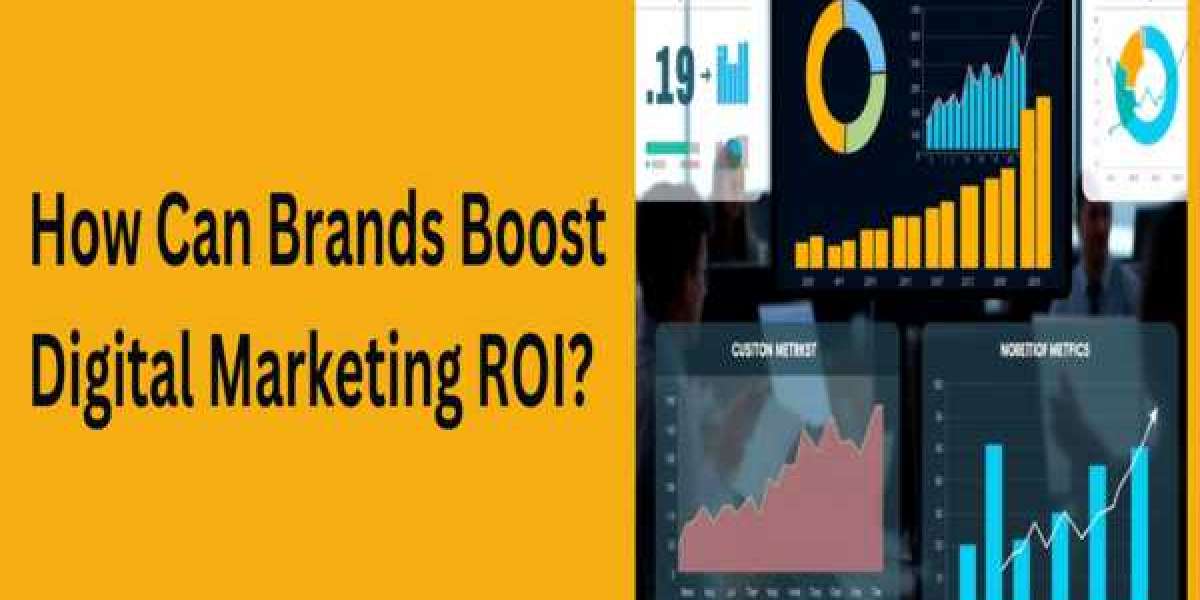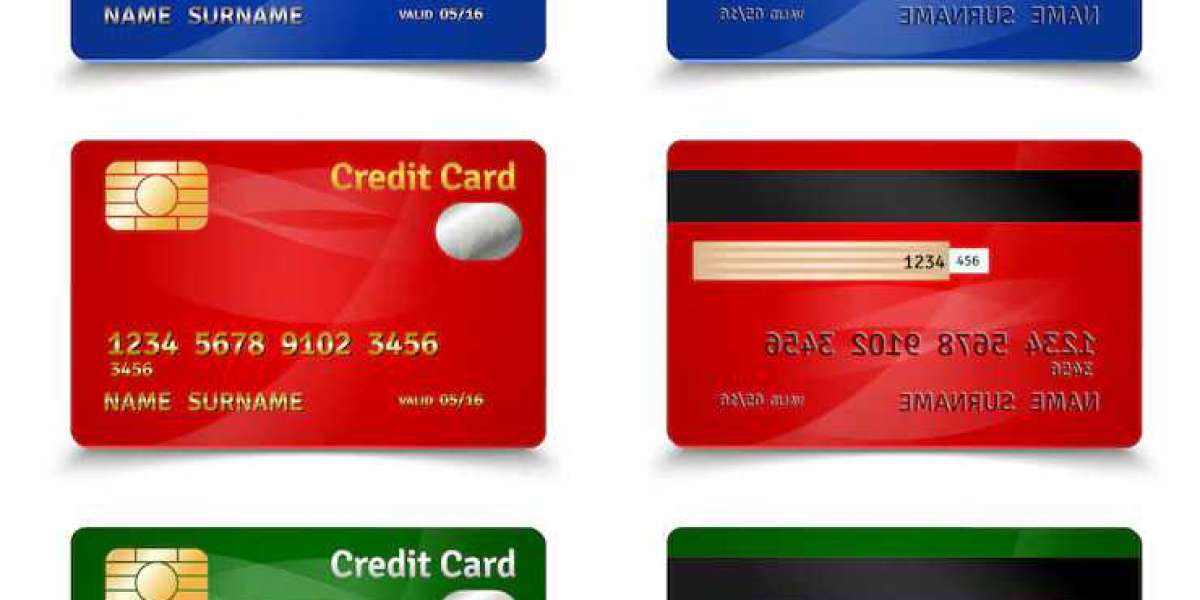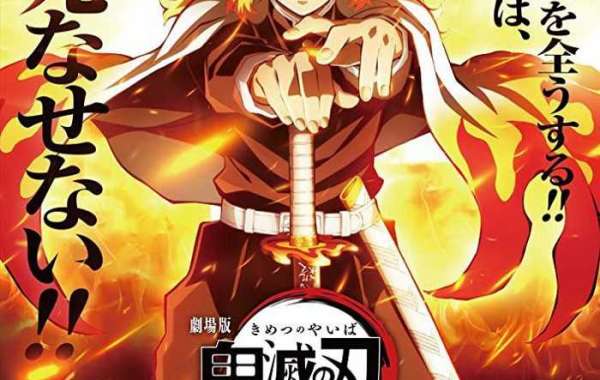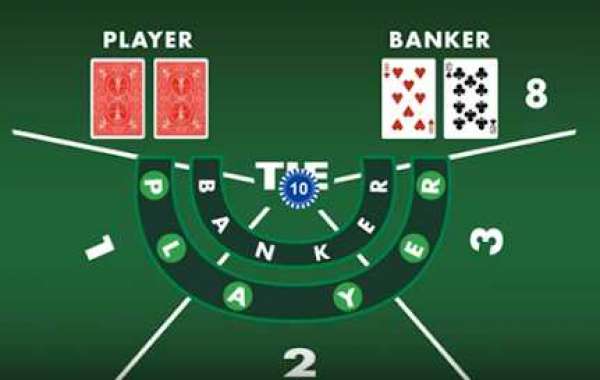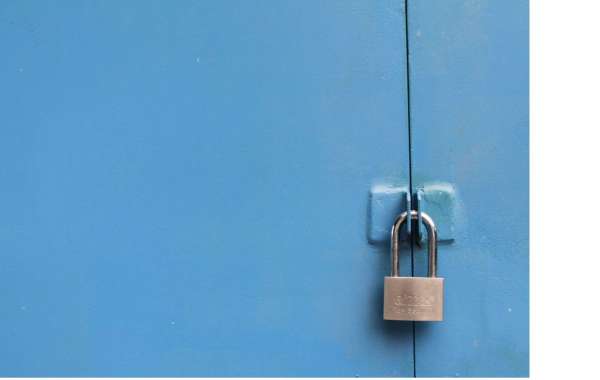In 2025, global digital ad spending is projected to reach between USD 513 billion and USD 650 billion, representing a 9.2% to 10.7% increase from 2024 (Source: Statista). By 2026, some estimates suggest that digital ad spend could skyrocket to USD 807 billion, fueled by rising mobile ad spending, AI-driven marketing, and increased social media engagement. With digital marketing investments growing at a compound annual growth rate (CAGR) of 13.9%, businesses must ensure that every dollar spent translates into measurable returns.
Digital Return on Investment (ROI) is the ultimate measure of success in digital marketing. It quantifies the revenue generated relative to marketing investments, providing businesses with a clear benchmark for performance evaluation. Despite its importance, many brands struggle to effectively measure and optimize their digital marketing ROI.
A key challenge lies in vanity metrics—such as impressions, likes, clicks, and shares—that may look impressive but often fail to reflect real business impact. While engagement metrics provide insights into audience interaction, they do not always translate into conversions or revenue. Businesses frequently find themselves investing heavily in digital campaigns without a clear understanding of how their marketing spend influences profitability, customer acquisition, and long-term growth.
Compounding these challenges is the economic uncertainty faced by businesses. Budget cuts are on the rise, with a Gartner report revealing that 44% of CMOs faced budget reductions. As companies navigate tighter marketing budgets, the pressure to maximize ROI has never been greater.
Fortunately, new marketing and transformation technologies and platforms are revolutionizing the way brands track and enhance ROI. Platforms like moLotus, Google Ads, Meta Ads, and AI-driven marketing automation are streamlining operations, improving bottom-line efficiency, and boosting sales processes. By leveraging data analytics, automation, and mobile-first marketing solutions, businesses can enhance digital ROI while reducing costs.
moLotus, a breakthrough GSM-based mobile video advertising and interaction platform, has a proven track record of driving highly engaging and result-oriented mobile video advertising campaigns across Malaysia, India, the United States, Singapore, Vietnam, the Philippines, and beyond. The platform empowers brands, advertisers, agencies, and resellers with an agile self-service campaign management system, offering advanced features like personalization, massive scalability, seamless interactivity, deep customization, and end-to-end automation. With its global reach and secure, privacy-compliant environment, moLotus stands out as a game-changing solution for brands seeking to maximize digital marketing ROI without data leakage risks or privacy concerns.
With mounting pressure to deliver results and limited resources at their disposal, brands must adopt a strategic, data-driven approach to digital marketing. The question remains: How can brands maximize their digital marketing ROI?
Here are the key strategies to ensure that every marketing dollar yields the highest possible returns:
1. ROI-Driven Lead Generation
Effective lead generation is one of the most crucial factors in driving higher digital marketing ROI. However, the process has traditionally been complex and costly, requiring businesses to strike the right balance between quality and cost-per-lead. Brands that prioritize ROI are now turning to advanced digital marketing tools that generate more leads at a lower acquisition cost.
Surveys indicate that digital marketing platforms are emerging as the most cost-effective way to generate high-quality leads. Platforms such as moLotus, Facebook Ads, Instagram Ads, and Google Ads enable businesses to create visually compelling and highly targeted campaigns that grab consumer attention and encourage lead submissions.
Among these, moLotus stands out with its spam-free, mobile-first lead generation campaigns. The platform helps brands attract a significantly higher number of leads at a lower cost-per-lead (CPL) than traditional ad solutions. Recent studies show that moLotus is enabling global brands to optimize lead acquisition while ensuring a higher return on investment (ROI).
By leveraging the right lead generation strategies and tools, businesses can reduce marketing spend, increase conversions, and ultimately maximize digital marketing ROI.
2. Reducing Customer Acquisition Costs
Customer acquisition remains one of the biggest challenges for businesses, with studies showing that acquiring a new customer can cost up to eight times more than retaining an existing one. The high cost of customer acquisition is a major barrier to scaling business ROI, making it essential for brands to adopt cost-efficient strategies.
Digital marketing has significantly reduced acquisition costs, but not all platforms are equally effective in optimizing spending. While tools like HubSpot and Marketo assist in acquiring customers, they often come with high costs that may limit ROI.
Innovative platforms like moLotus, Google Performance Max, and Facebook Lead Ads are revolutionizing customer acquisition by offering more cost-effective solutions. moLotus customer acquisition campaigns use high-impact explainer videos and personalized offers, attracting potential customers and encouraging customer engagement. Similarly, Google Performance Max uses AI-powered automation to optimize ad placements across various Google networks, reducing wasted ad spend while reaching the most relevant audiences. Facebook Lead Ads simplify lead capture by enabling users to submit contact details directly within the ad, minimizing friction and increasing conversions.
Additionally, tools like YouTube TrueView Ads and TikTok Ads provide targeted reach at lower acquisition costs by engaging potential customers with dynamic content. Programmatic advertising and retargeting strategies further enhance efficiency by ensuring businesses focus on high-intent prospects rather than broad, less effective audiences.
By leveraging these advanced digital advertising tools, brands can reduce acquisition costs, enhance efficiency, and maximize ROI, ensuring sustainable and profitable growth.
3. Transforming Brand-Customer Interaction
Effective brand-customer communication plays a critical role in shaping customer perceptions, fostering engagement, and driving business growth. Studies reveal that a significant share of business profits and ROI depend on personalized and interactive communication. Consistent, tailored interactions not only enhance customer relationships but also create superior experiences that translate into higher marketing ROI.
To achieve this, brands are increasingly investing in hyper-personalized and interactive campaigns via advanced digital advertising platforms. Tools like moLotus, WhatsApp Business API, Facebook Messenger Ads, Google RCS Business Messaging, and Interactive SMS campaigns empower businesses to build stronger customer connections through seamless, two-way communication.
moLotus, for instance, enables brands to execute interactive, rich-media campaigns that incorporate video, dynamic greetings, brochures, slideshows, and showcases alongside quick response options like mgram, SMS, USSD, Callbacks, and Click URLs. The platform leverages customer data to personalize brand messages, using customer names, demographics, and past interactions to drive conversions.
Similarly, WhatsApp Business API enables brands to engage customers with real-time messaging, transaction updates, and interactive chatbots, fostering higher engagement. Facebook Messenger Ads allow businesses to initiate instant conversations, enhancing customer interactions through chat-based marketing. Meanwhile, Google RCS Business Messaging upgrades traditional SMS with rich media elements, delivering app-like messaging experiences without requiring a separate app installation.
These tools help brands deliver tailored recommendations, exclusive offers, and personalized updates, ensuring deeper customer engagement, stronger loyalty, and ultimately, higher ROI. By leveraging such interactive digital marketing technologies, businesses can maximize customer satisfaction and profitability in a competitive landscape.
4. Simplifying Purchases with Digital Advertising Tools for Higher Conversions
Convenience is a major driver of conversions and ROI. A survey found that nearly 80% of American consumers consider convenience one of the most important factors in a superior customer experience. Digital marketing has played a crucial role in enhancing convenience, fueling the rapid growth of industries like e-commerce.
To meet evolving customer expectations, brands are leveraging digital advertising tools that simplify the purchase process. Platforms like moLotus, Google Ads, Meta Ads, and TikTok Ads provide seamless brand interactions, enabling customers to make purchasing decisions quickly and effortlessly. For instance, moLotus delivers 40-sec. mobile videos that allow customers to understand brand offerings at their convenience. Its click-based engagement options ensure a frictionless buying journey, eliminating the need for intrusive sales staff or physical store visits.
Surveys indicate that Millennials and Gen Z consumers prefer digital-first, at-home purchasing experiences. Tools like Instagram Shopping, Google Shopping Ads, and Amazon Sponsored Ads help brands provide direct purchase options, making transactions smooth and intuitive. moLotus further enhances e-commerce conversions by offering an interactive, spam-free, and non-intrusive shopping experience, significantly improving ROI for brands.
By adopting customer-friendly digital marketing solutions, brands can streamline the purchase process, cater to modern buying preferences, and drive higher revenue growth.
5. Automating Marketing Processes
The digital transformation of marketing and sales processes has become a top priority for brands worldwide. Companies are increasingly investing in marketing automation technologies to improve efficiency, reduce costs, and enhance their bottom line—ultimately driving higher ROI. These tools streamline repetitive tasks, organize customer data, segment audiences, and automate messaging at scale, ensuring seamless marketing execution.
Marketing automation platforms such as moLotus, Customer.io, Pardot, AdRoll, HubSpot, and others are playing a critical role in optimizing digital marketing ROI. These tools help brands automate lead nurturing, customer interactions, retargeting, and personalized messaging, significantly improving engagement and conversions.
moLotus stands out as a comprehensive solution for transforming the entire customer journey. It supports businesses in lead generation, customer onboarding, automated reminders, renewals, customer support, mobile commerce, loyalty programs, and outbound calls—all without requiring app downloads or internet access. This level of automation enhances customer engagement, speeds up revenue generation, and contributes to a higher return on digital marketing investments.
With the marketing automation market projected to reach USD 6.6 billion by 2025 at a market growth of 13.3% CAGR (Source: KBV Research), investing in these technologies is no longer optional but essential for brands looking to scale efficiently and maximize their digital marketing ROI.
6. Enhancing Customer Response Conversion
Fast and efficient customer response drives conversions and maximizes ROI. Research from the Harvard Business Review reveals that brands responding to leads within one hour are nearly seven times more likely to have meaningful conversations with potential buyers. Delayed responses significantly reduce the chances of closing a sale, making speed a critical factor in digital marketing success.
To shorten response times and boost conversions, brands are turning to advanced digital marketing tools such as moLotus, HubSpot, Instagram Ads, Google Ads, and Facebook Lead Ads. These platforms enable businesses to engage with potential customers in real-time, nurture leads, and accelerate the buyer's journey.
Among these tools, moLotus transforms customer response management by leveraging mobile video ads that instantly engage users. The platform enables businesses to interact with a massive audience through personalized video messages, automated responses, and seamless mobile interactions, eliminating the delays seen with traditional engagement methods.
Studies show that brands using moLotus-driven customer response and conversion campaigns achieve higher ROI at a lower cost, making it one of the fastest and most effective methods for boosting sales. By integrating these cutting-edge tools into their digital marketing strategies, businesses can drive superior conversions while optimizing their marketing spend.
7. Reducing Marketing Costs
Over time, digital marketing channels like Facebook Ads and Google Ads have helped businesses enhance their visibility. However, as advertising costs on these platforms continue to rise, many brands are becoming hesitant to invest without guaranteed returns. Traditional digital advertising tools, including Facebook, YouTube, and Instagram, are becoming less cost-effective, making it harder for businesses to achieve high ROI.
The good news is that cost-effective mobile marketing solutions, such as moLotus, TikTok Ads, WhatsApp Business API, and SMS marketing, are emerging as powerful alternatives. These platforms enable brands to engage customers directly, reduce acquisition costs, and optimize marketing spend.
With moLotus, businesses can reach customers instantly via mobile messages—without requiring app downloads or incurring unnecessary data charges for users. Its spam-free, high-impact video campaigns allow brands to run cost-effective marketing strategies, even on tight budgets, leading to higher engagement, better conversions, and superior ROI.
Given the economic uncertainties, post-pandemic market shifts, and rising competition, brands are prioritizing low-cost, high-ROI marketing strategies. By leveraging moLotus and other budget-friendly digital advertising tools, businesses can drive greater returns while minimizing ad spend.
8. Boosting Customer Loyalty Retention
Brands are increasingly realizing that loyal customers drive better ROI than newly acquired ones. Research by Bain Company reveals that a 5% increase in customer retention can boost revenue by 25% to 95% while acquiring a new customer is six to seven times more expensive than retaining an existing one.
To strengthen customer loyalty, brands are leveraging digital advertising tools such as moLotus, HubSpot, Salesforce Marketing Cloud, Marketo, and Klaviyo. These platforms offer personalized customer engagement, automated loyalty programs, and real-time data tracking, ensuring brands maximize their retention efforts.
moLotus, in particular, is transforming loyalty marketing by enabling brands to create hyper-personalized campaigns tailored to customer preferences. Businesses are using moLotus to run special occasion campaigns—such as birthday, anniversary, festival, and renewal reminders—with custom-branded greetings, dynamic offers, and exclusive rewards. These campaigns not only strengthen brand-customer relationships but also yield higher conversions and long-term ROI.
By prioritizing customer loyalty through digital marketing automation, businesses can reduce churn, increase repeat purchases, and achieve sustainable revenue growth.
Conclusion
Maximizing business ROI is now more achievable than ever. Leading brands stand out by rapidly adopting cutting-edge digital marketing technologies like moLotus, which drive superior returns. By strategically leveraging these innovative tools, businesses can enhance efficiency, boost customer engagement, and significantly improve digital marketing ROI, ultimately paving the way for long-term success.
